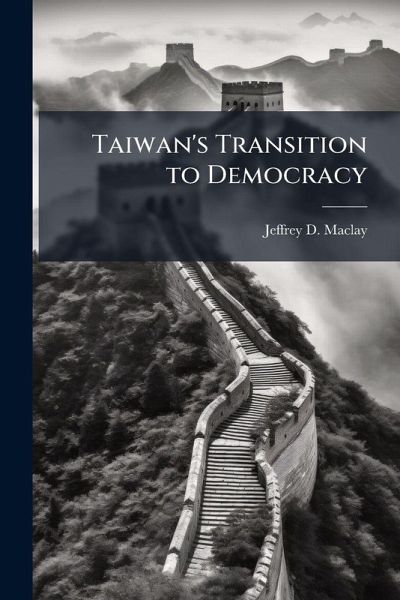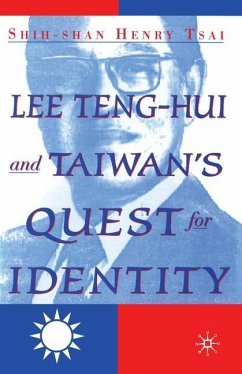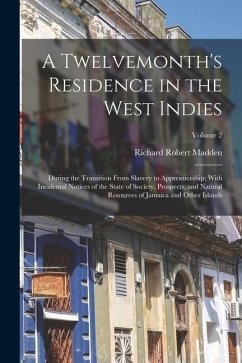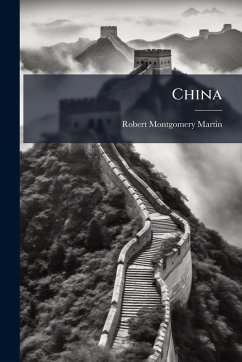
Taiwan's Transition to Democracy

PAYBACK Punkte
7 °P sammeln!
Taiwan's transition from authoritarianism to democracy occurred in two phases with economic strength, specifically capitalism, as the catalyst. The hard authoritarianism established by Chiang-Kai Shek's regime allowed the institutions of private property and free enterprise to promote economic stability. Rapid growth followed and Taiwan transitioned from an agrarian based economy to a modern industrialized nation. The pressures from economic success drove Chiang Kai-shek's successor, Chiang Ching-kuo, towards a softer form of authoritarianism. He then exploited the economic successes as a sour...
Taiwan's transition from authoritarianism to democracy occurred in two phases with economic strength, specifically capitalism, as the catalyst. The hard authoritarianism established by Chiang-Kai Shek's regime allowed the institutions of private property and free enterprise to promote economic stability. Rapid growth followed and Taiwan transitioned from an agrarian based economy to a modern industrialized nation. The pressures from economic success drove Chiang Kai-shek's successor, Chiang Ching-kuo, towards a softer form of authoritarianism. He then exploited the economic successes as a source of legitimacy for his authority. Continued economic progress promoted further calls for liberalization and under President Lee Teng-hui, Chiang Ching-kuo's successor, Taiwan fully transitioned from soft authoritarianism to a democratic state. This paper will outline the history of this transformation and argue the economic influence of capitalism as the principal driving cause. vi This work has been selected by scholars as being culturally important, and is part of the knowledge base of civilization as we know it. This work was reproduced from the original artifact, and remains as true to the original work as possible. Therefore, you will see the original copyright references, library stamps (as most of these works have been housed in our most important libraries around the world), and other notations in the work. This work is in the public domain in the United States of America, and possibly other nations. Within the United States, you may freely copy and distribute this work, as no entity (individual or corporate) has a copyright on the body of the work. As a reproduction of a historical artifact, this work may contain missing or blurred pages, poor pictures, errant marks, etc. Scholars believe, and we concur, that this work is important enough to be preserved, reproduced, and made generally available to the public. We appreciate your support of the preservation process, and thank you for being an important part of keeping this knowledge alive and relevant.












